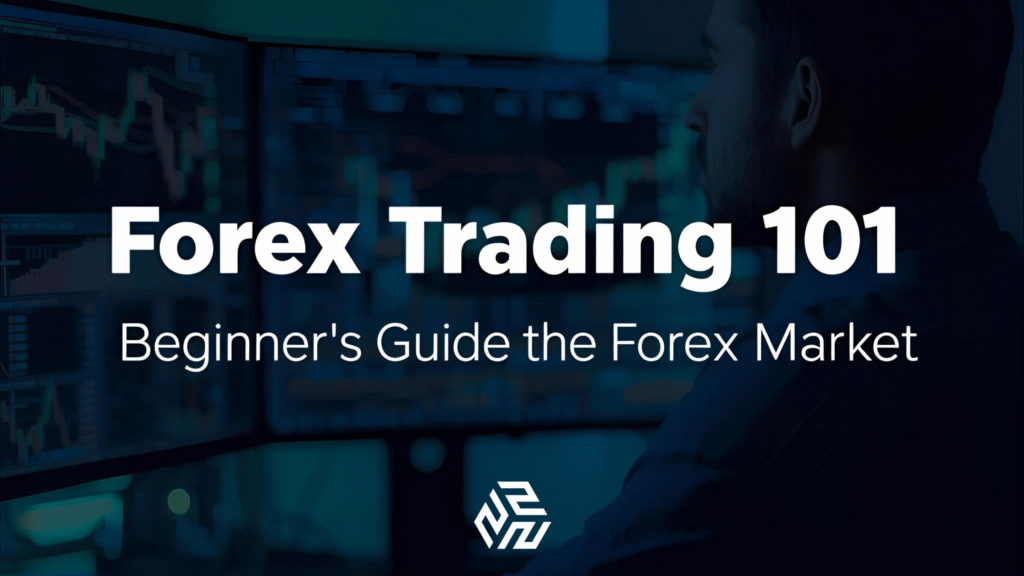

If you’re new to the world of currency trading, understanding Forex can feel overwhelming. This Forex Trading 101 guide will help you get started, explaining the basics of the Forex market, essential strategies, and tips for beginners to trade confidently.
What is Forex Trading?

Forex, short for foreign exchange, is the global market where currencies are traded. Unlike stocks or commodities, Forex operates 24 hours a day, five days a week, allowing traders worldwide to buy, sell, and exchange currencies.
The goal in Forex trading is simple: profit from the fluctuations in currency values. For example, if you believe the US dollar will strengthen against the euro, you buy USD and sell EUR.
Understanding Currency Pairs
In Forex, currencies are always traded in pairs, such as EUR/USD or GBP/JPY. The first currency is called the base currency, and the second is the quote currency. The price shows how much of the quote currency is needed to buy one unit of the base currency.
Major vs Minor Pairs
- Major Pairs: These include the most traded currencies globally, like EUR/USD, USD/JPY, GBP/USD.
- Minor Pairs: Less traded pairs like NZD/JPY or EUR/GBP, often with higher volatility.
Key Concepts in Forex Trading
- Pips: The smallest price movement a currency can make, often the fourth decimal in a pair like 0.0001.
- Leverage: Allows you to control larger positions with smaller capital but increases both potential profits and losses.
- Spread: The difference between the bid and ask price, which is essentially the cost of the trade.
Beginner-Friendly Forex Trading Strategies
When starting out, it’s best to use simple strategies:
- Trend Following – Identify the direction of the market and trade in that direction.
- Breakout Trading – Look for price breaking support or resistance levels.
- Swing Trading – Take advantage of short-term price movements within an overall trend.
Risk Management Tips

Successful Forex traders know that protecting capital is as important as making profits.
- Never risk more than 1–2% of your account on a single trade.
- Use stop-loss orders to automatically close losing trades.
- Avoid over-leveraging, especially as a beginner.
Choosing a Forex Broker
Select a reputable broker that is regulated and offers:
- Low spreads and competitive commissions
- User-friendly trading platforms
- Reliable customer support
- Educational resources for beginners
Demo Accounts: Practice Before You Trade
Before investing real money, open a demo account to practice trading. This helps you understand how orders work, test strategies, and gain confidence without financial risk.
Final Thoughts on Forex Trading 101
Forex trading is an exciting and potentially profitable market, but it requires knowledge, discipline, and patience. By understanding currency pairs, basic trading strategies, and proper risk management, beginners can start their Forex journey with confidence.
Explore Our Blog Your Source for SEO Brilliance


How to Buy, Store, and Secure Cryptocurrency Safely in 2025
Read more about How to Buy, Store, and Secure Cryptocurrency Safely in 2025